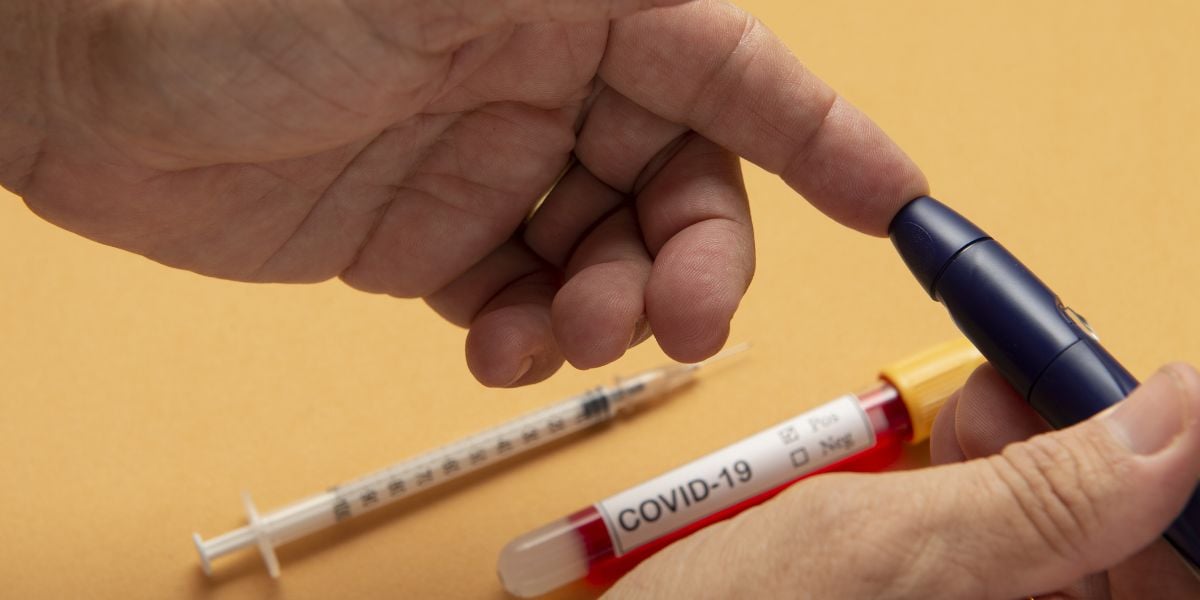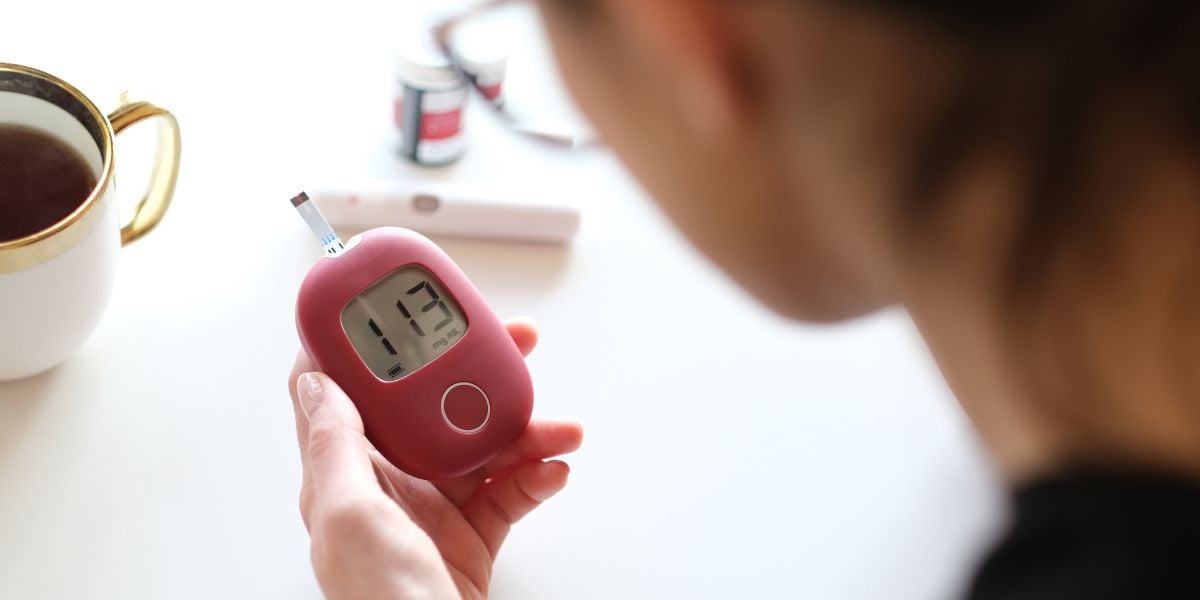Many of us find blood glucose testing to be a pain and have wondered when a painless solution to blood sugar testing will arrive.
To date, we’re stuck with lancets and drawing out blood but researchers are developing other means.
We take a look at the best current solutions to pain free testing and also at what devices the researchers are currently developing.
Draw blood from the side of your finger
Not all blood tests are as painful as others. Sometimes we’re unlucky enough for the lancet to literally strike a nerve and this will hurt.
One way to reduce the chance of this happening is to draw blood from the side of the finger, rather than from the pad or tip of the finger.
This technique helps because we have a less high concentration of nerve endings on the side of our fingers compared with the tip and pad of the fingers.
Changing lancets
If you have a habit of re-using lancets, you may find that using a new lancet each time will reduce the likelihood of experiencing pain.
As the lancet makes a hole, it can cause the very tip of the lancet to become misshapen and this can increase the chances of a painful test if the lancet is re-used.
Alternate site testing
One reason why finger prick testing is painful is because the fingers have a high concentration of sensory nerve endings.
However, the blood from fingers provides a more accurate of blood glucose levels than drawing blood from less sensitive areas of the body.
Those that experience significant discomfort or anxiety as a result of regular finger prick testing may be able to use different parts of the body to test sugar levels, such as the palm of the hand and the forearm.
This is known as alternate site testing and tends to be less painful than finger prick tests.
The blood from these parts may have slightly different levels of blood glucose when our sugar levels are rising or falling steeply so alternate site testing is best used for times when our sugar levels are more likely to be steady.
If you are interested in using alternate site testing, check your meter’s manual to see if it is suitable, ask the meter manufacturer or check with your diabetes team.
- Read more on Alternate Site Testing
Research into pain free testing
A number of universities have been researching and developing techniques which could make testing entirely pain free. Note that the following devices featured below are all at a stage of experimental research
Infrared blood glucose testing
Use of infrared light has shown some promise as a replacement for blood glucose levels. The Massachusetts Institute of Technology have used Raman spectroscopy. The technique allows near-infrared light to be shined onto the skin of the finger or forearm.
The infrared light penetrates to a small depth, half a millimetre, below the skin’s surface and by measuring vibration of chemical bonds within the skin, can take the glucose levels of our interstitial fluid.
If you’ve heard the term interstitial fluid before, this could be because continuous glucose monitors measure the level of glucose in interstitial fluid. This fluid lies between the skin and muscle and provides an additional source of glucose for cells.
The level of glucose in interstitial fluid is proportional to the level of glucose in the blood but with a delay of about 10 minutes. So this means that a glucose level reading from interstitial fluid will correspond to your blood sugar level of 10 minutes ago.
Testing tears
The glucose level of our tears also has a proportional relationship with the level of glucose in our blood and represents an alternative way of measuring our sugar levels. Research has been carried out by the University of Michigan to develop a glucose sensor for tears.
Challenges include the fact that tears have a concentration of glucose that is around 30 to 50 times less than the concentration of glucose in the blood and that drawing a tear may induce a stress response that could raise glucose levels.
Testing saliva
Saliva, like tears, carries a level of glucose lower than that of blood, about 100 times lower. Researchers at Brown University in the USA have used a biochip with thousands of tiny plasmonic interferometers (ranging between 100 and 200 nanometers wide) which are able to measure very small concentrations of glucose.




